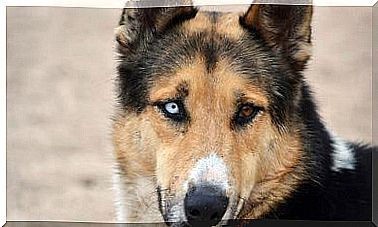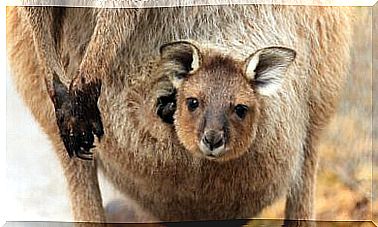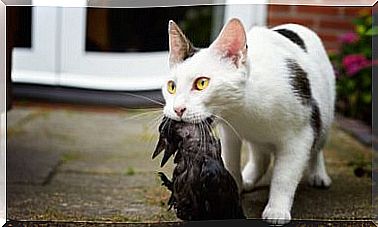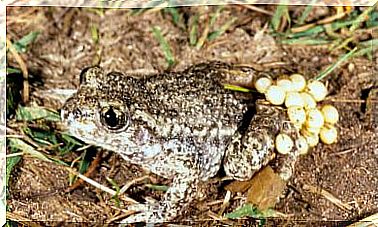6 Species Of Salamanders From The Iberian Peninsula

The variety of ecosystems on the Iberian Peninsula makes it a perfect place for different types of species, not just birds, insects or plants. That’s why we went into details and invite you to discover 6 species of salamanders from the Iberian Peninsula.
The salamanders of the Iberian Peninsula
Salamanders and newts are members of a family of amphibians that have tails. They need to live in humid environments, so they are usually found in rivers or ponds.
They are a great indicator of a place’s ecological health. That’s because, if they’re in the area, the water is clean and there are a variety of insects to feed on.
The salamanders of the Iberian Peninsula are very varied. Therefore, this place is privileged to be able to observe several subspecies of these animals, which vary so much in size, colors and customs.
These are just some of the salamander species from the Iberian Peninsula:
The common salamander extends over almost the entire territory of Portugal, with the exception of the southern fringe, and goes up to the north as far as Galicia. Part of its territory also occupies Extremadura and even Huelva.
These salamanders are black and have yellow stripes and spots, the size of which varies depending on the area in which they live.
In some places, they are clearly seen from head to tail, while in others they are just a few points along the spine.
2. Fastuosa Salamander
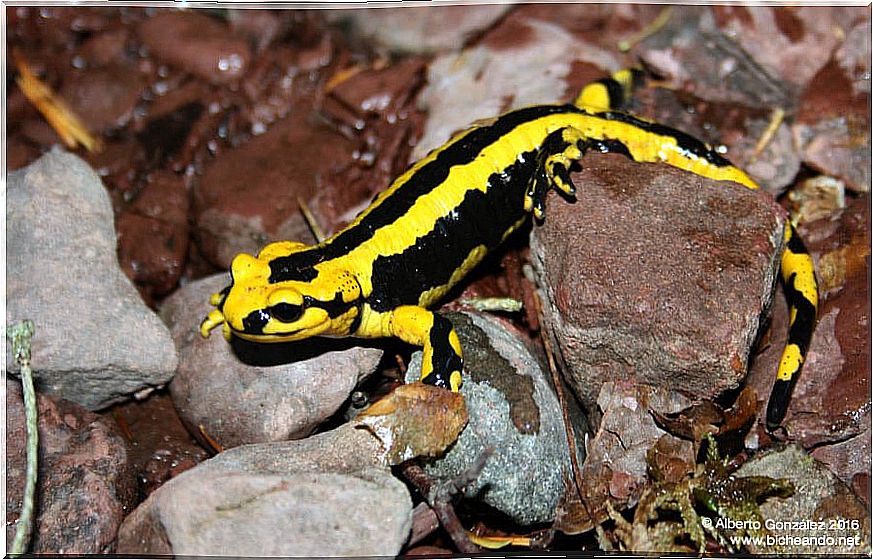
These salamanders from the Iberian Peninsula are distributed in the north. They live in part of Galicia, Asturias, Cantabria, the Basque Country and even reach the Pyrenees.
Like the common salamander, it is of a robust size, although its colors are reversed: its skin is yellow and has black streaks and spots.
3. Salamander Morenica

The Morenica salamander c ompartilha habitat with some common salamanders and can even reproduce between them.
In addition, it has contact with its relatives in southern Portugal, although its habitat later extends to the Sierra de Cazorla and Segura, throughout the whole of northern Andalusia.
It has two fundamental differences from the common salamander: the head is less flat and the nose is longer.
In addition, the skin is black and yellow and red spots may appear. The skin colors are so random that some are completely reddish and others, however, have no blemishes.
4. Montseny Triton
As the name implies, this newt is typical of the Montseny mountain range. It is a very threatened and critically endangered amphibian species.
Its habitat is very small and its nocturnal habits make it very difficult to study how many still exist, but it is estimated that there are very few.

It is smaller than other salamanders in the Iberian Peninsula, reaching only 11 centimeters in length when adults. They also eat small aquatic insects.
The Montseny newt is brown and has small yellow spots on the sides of its tail. Also, your belly is a lighter color. They are solitary animals, that spend the day hidden and that concentrate all their activity at night.
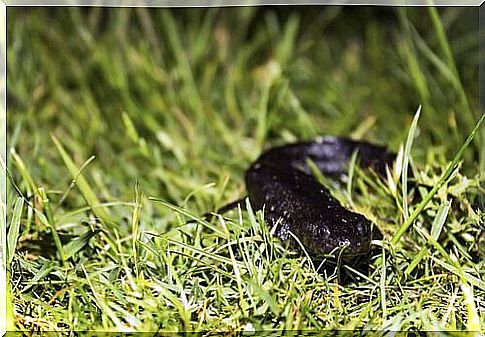
It has a very recognizable body: the head is big and wide, and the body is flat. The tail is compressed laterally.
The pygmy newt is another salamander on the Iberian Peninsula, although it does not understand borders: from northern Spain it advances towards France. They can also be found in the south, being frequent in the Sierra de Guadarrama and the Sierra de la Estrella, in Portugal.
It is medium in size, measuring between 10 and 16 centimeters in length. Its body is rounded, although slightly flat.
Its tail, however, is flat on the sides. The head is round, large and has a round nose. They are greenish yellow or green and have black or darker dots or stripes.
There is a wide variety of salamanders from the Iberian Peninsula. That’s because this place is perfect for hosting so many different amphibians. They are indicators of the health of ecosystems and great aids in the control of insect pests.
